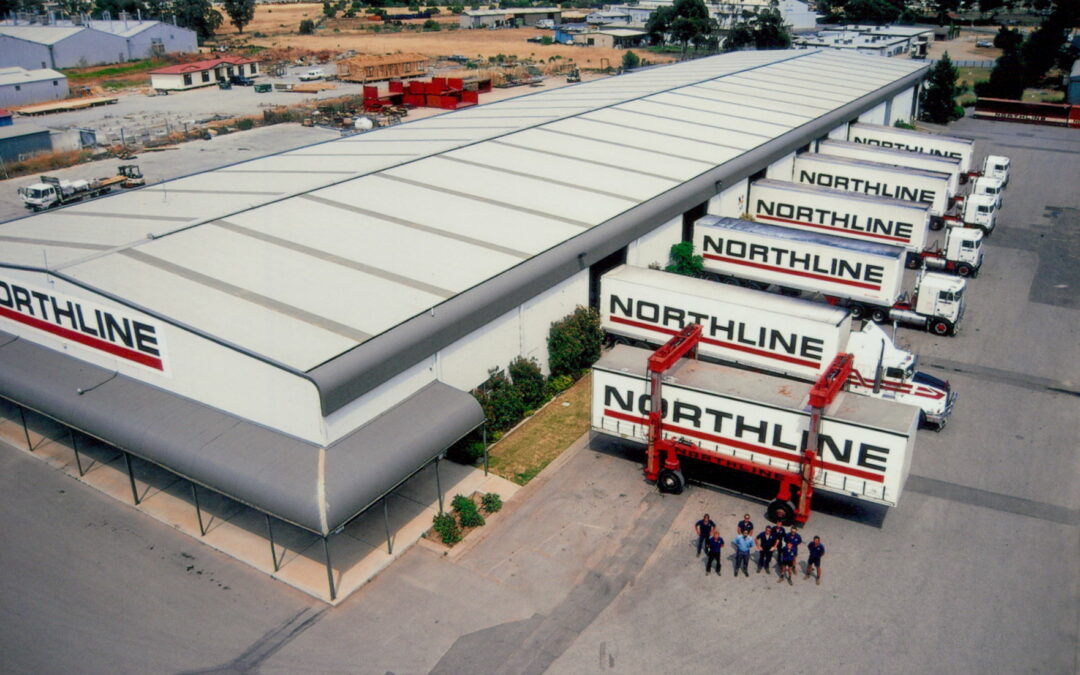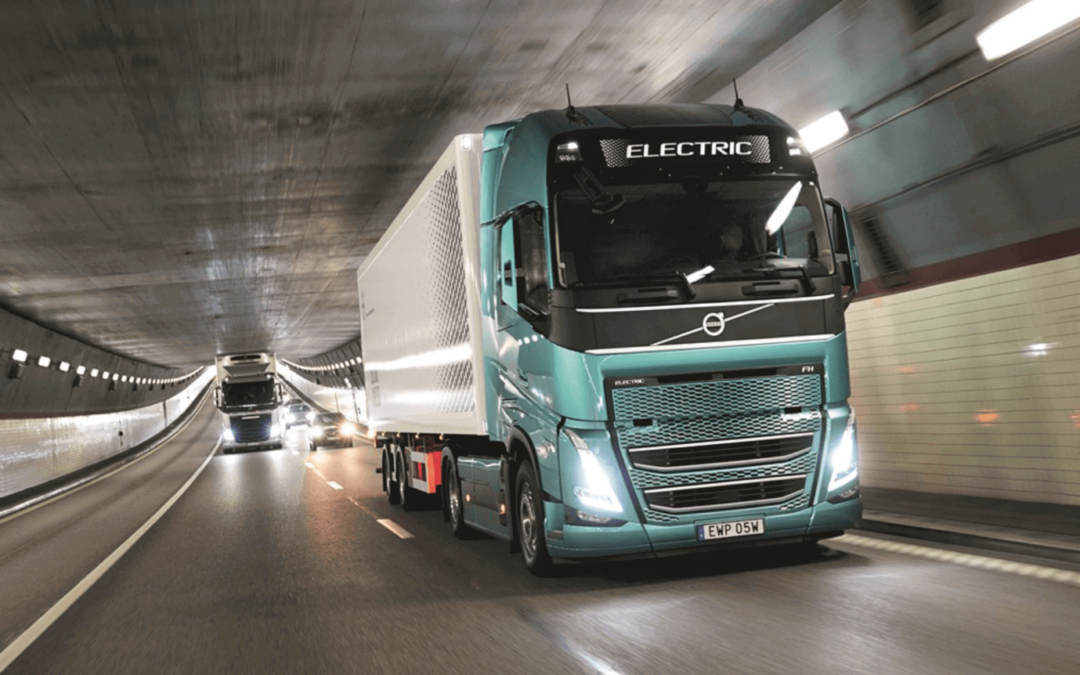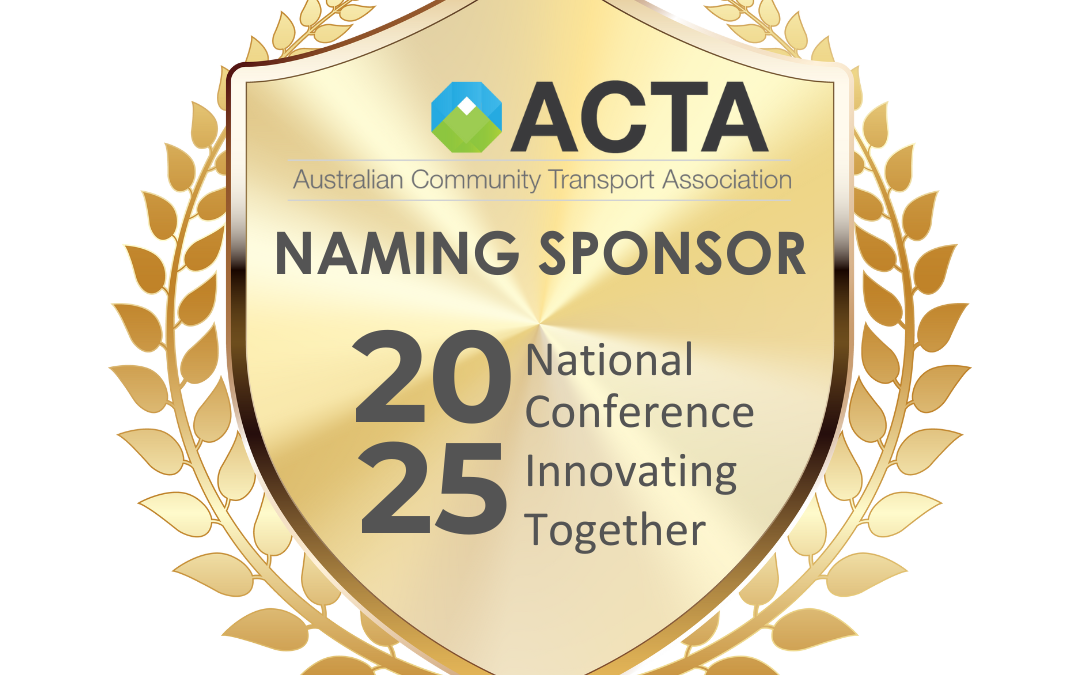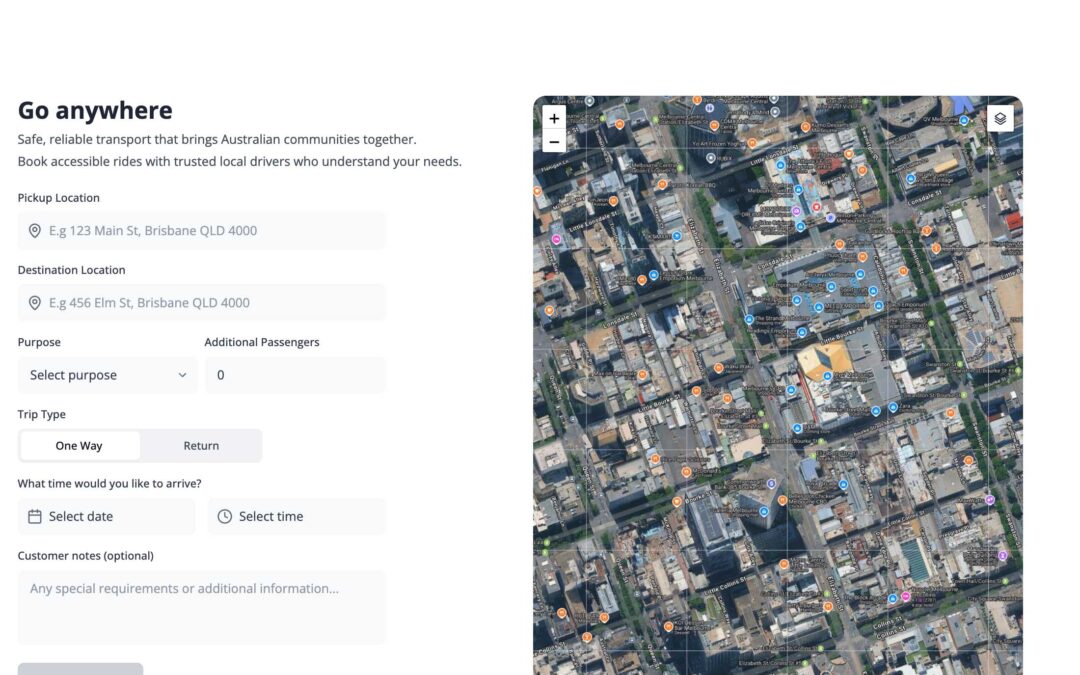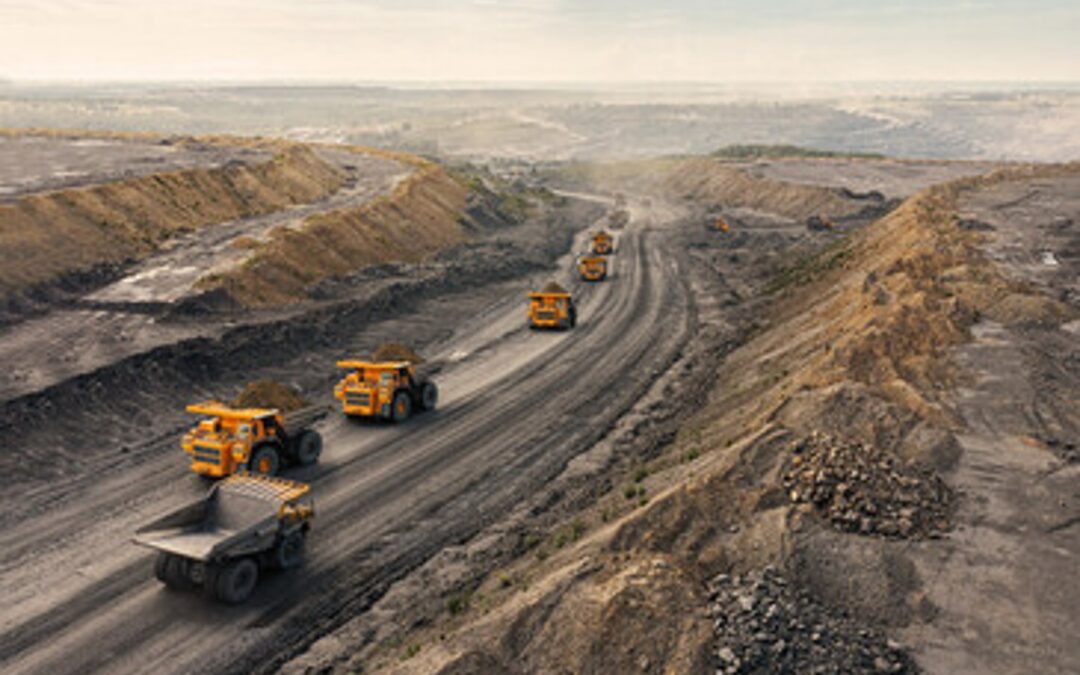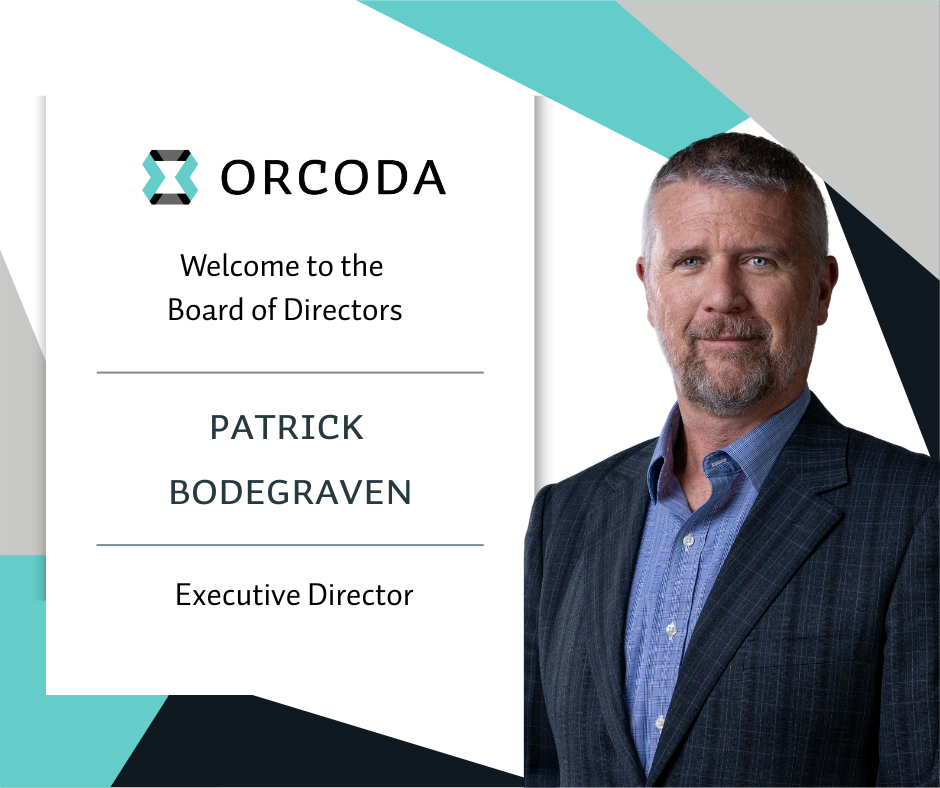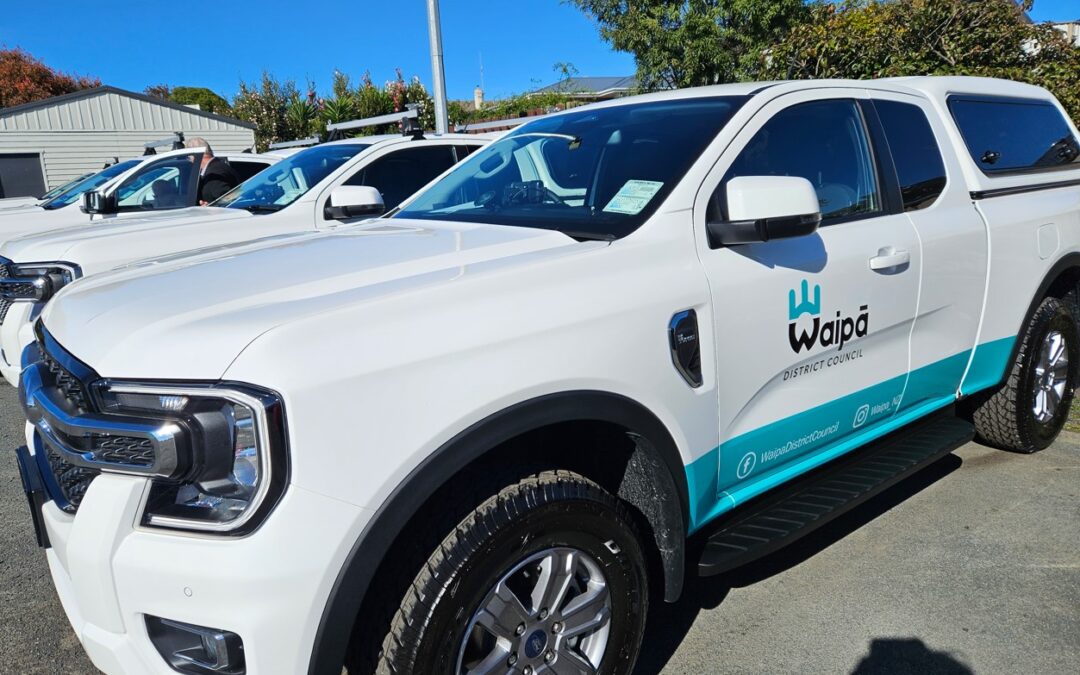ODA has entered into a Memorandum of Understanding with several delivery parties for implementing the design, development, and roll-out of its Smart Poles Project. Orcoda Limited (ASX: ODA) (‘Orcoda’ or the ‘Company’), the resources, healthcare, and transport logistics and transport services optimisation company, is pleased to announce that it has entered into a Memorandum of Understanding (“MOU”) with several parties to organise and drive the design, development, manufacture and delivery of Smart Poles into the national market.
This MOU involves the following parties:
- Wagners CFT Manufacturing Pty Ltd being responsible for the composite smart pole manufacture and hardware integration into the Smart Poles;
- Future Meridian Pty Ltd role for acting as Government liason, being responsible for the grant process, assisting with sales and infrastructure funding needs;
- RC Birili Pty Ltd being responsible for digital systems delivery, hardware sourcing and indigenous engagement in the project;
- Betta Power Services for managing a state and if successful, a national installation roll-out. Their role also includes transporting Smart Poles from factory to the relevant installation points; and
- Orcoda Limited for contract management, management of digital platforms and connectivity into Orcoda existing transport technology platforms.
About Smart Poles
The Smart Pole is an integrated road-aligned eco-system for enhancing technology across data transportation grids and to support special purpose access by multiple parties and licensees, such as government transport departments, municipalities, private entities, telcos, law enforcement groups. Our strategic goal is for the Smart Pole to leverage real-time system reporting, data, and for special purpose sensors to be built into the Smart Pole, based on the relevant needs and product demand. The Smart Pole is intended to facilitate roads and highways with intelligent management, vehicle flow detection, vehicle monitoring, road maintenance, road safety, emergency rescue, and support intelligent messaging and intelligent payment systems.
The Company intends to be at the forefront of developing a new generation of connected poles. linked to our existing transport logistics software for supporting existing and future transport infrastructure and logistics projects with each pole across a network generating multiple revenue streams once installed. Importantly, the Smart Poles are intended to leverage 5G base stations for enhancing signal strength and interconnectivity across urban and regional areas. Our vision for the Smart Poles Project includes ultimately combining the above, with inbuilt video capabilities so operators and licensees are able to utilise internet connectivity, AI processing, and AR across large geographical areas where big data can be utilised to reduce costs and improve services. Orcoda believes that the benefits of this vision will eventually benefit the bottom line of every Orcoda business division.
Geoff Jamieson, Orcoda Managing Director said: “Our Smart Poles Project represent significant opportunities to substantially grow our recurring revenues into the future and our team is excited about benefits that our technology can deliver to transport services and infrastructure both nationally and internationally. Our next steps, now we have an expert team together, is to apply for Federal Government grants to support the funding of a pilot program to demonstrate the potential capabilities and benefits of an Orcoda Smart Pole network. “
“We look forward to updating the market on grants and other milestones for rolling out our Smart Poles Project. I want to also thank our shareholders for continuing to support us and also thank and acknowledge the many other key business stakeholders, including employees, clients as well as our old and new commercial partners.”

